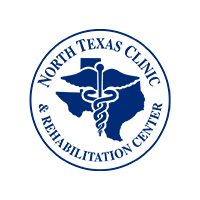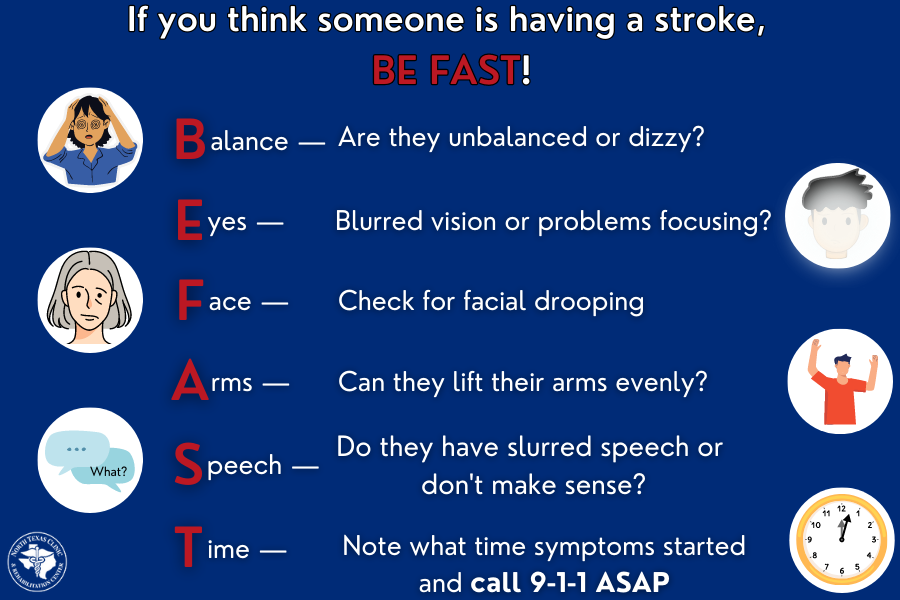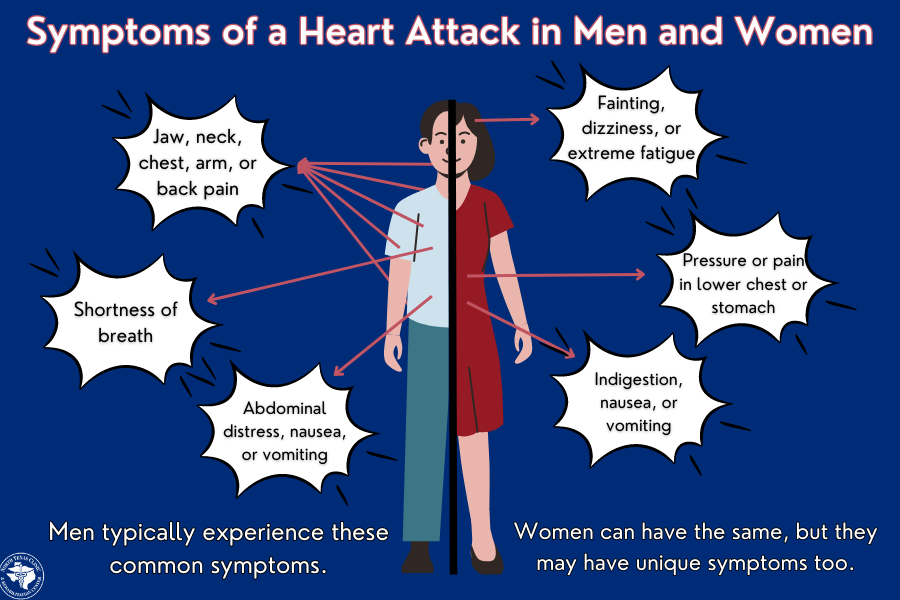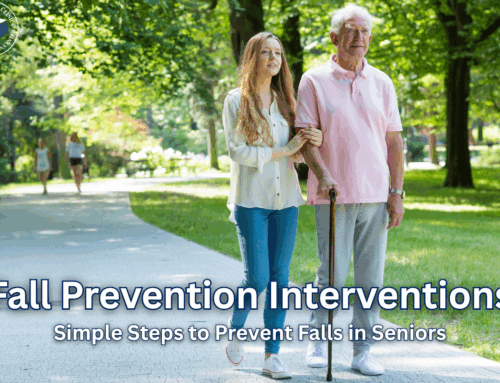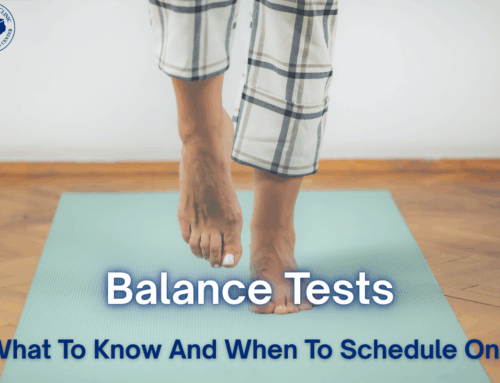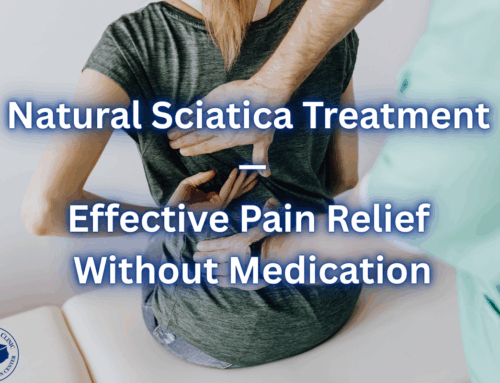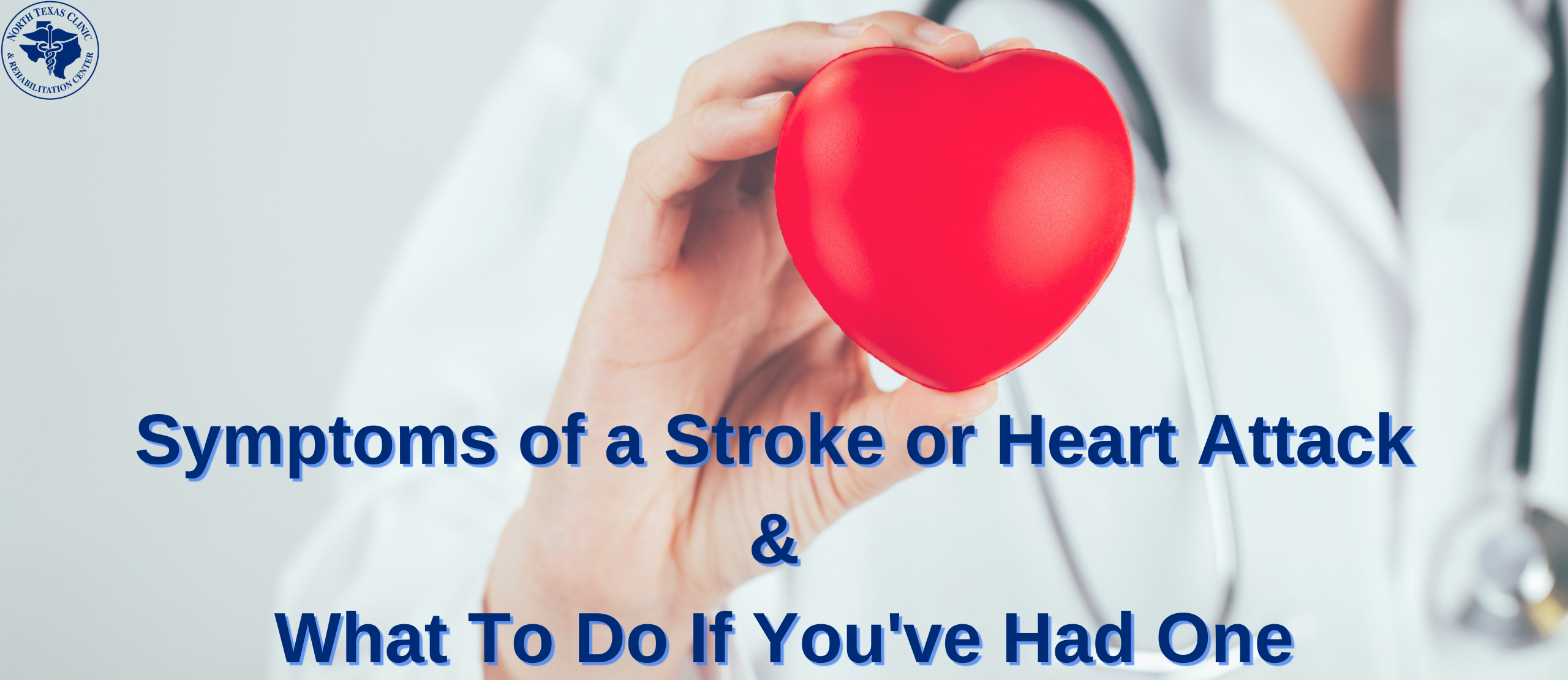
February is American Heart Health, but education about heart health and prevention is an all-year necessity. More people of all races and ethnicities die from cardiovascular disease than any other single cause. It can happen to anybody, so knowing the symptoms of a stroke or heart attack is vital.
The sooner you receive treatment, the higher your chances of survival.
Not only should you know the signs, but it’s also important to know what to do. Whether you, a loved one, or a stranger, understanding how to detect warning signs and knowing what steps to take can make all the difference.
The best thing you can do is take a First Aid/CPR class. But that’s not always possible. So, here are the common symptoms of a stroke or heart attack and what to do about them.
What is a Stroke?
There are two main types of strokes, ischemic and hemorrhagic.
Ischemic strokes are much more common. These occur when blood flow is reduced or blocked in the vessels of the brain. A hemorrhagic stroke happens when a vessel bursts, causing bleeding in the brain.
Both are serious medical emergencies that can lead to paralysis, brain damage, and death.
Many different factors can lead to a stroke, but some of the most prevalent are:
- Obesity
- Smoking, heavy alcohol consumption, and illicit drug use
- High blood pressure and/or high cholesterol
- Diabetes
- Personal or family history of strokes, heart attacks, or cardiovascular disease
Hemorrhagic strokes can also happen with high doses of blood thinners or after a traumatic head injury.
Many of these causes are preventable, and knowing how a stroke can happen will help you reduce your risk of one.
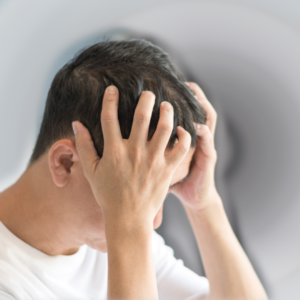
Symptoms of a Stroke
Many people think the first sign of a stroke is a headache. For some, that’s true. But more often than not, a headache is just a headache. However, you should talk to your healthcare provider if you have them frequently to uncover why you’re having them and how to treat and prevent them.
A stroke will feel different.
It will be a sudden and intense headache without any explanation, such as loud music or hitting your head.
However, many strokes are painless. Some people don’t have a headache at all, which makes knowing these other symptoms of a stroke even more crucial.
- Dizziness, vertigo, or a loss of balance
- Numbness or weakness in your face or extremities, possibly only on one side
- Blurred or double vision on one or both sides
- Difficulty speaking, understanding others, or general confusion
Women can experience any or all of these symptoms, but they also might have others that men don’t often have, such as:
- Shortness of breath or chest pain
- Rapid heart rate
- Nausea, hiccups, or other stomach distress
- Pain in the face or extremities
All of these symptoms will come on quickly and without any other explanation.
How to Check for a Stroke in Others
If you believe somebody is having or has just had a stroke, the quicker you act, the better their chances are.
The best way to check for a stroke is by using the BE FAST test.
- Balance — Are they dizzy or can’t stand up without losing their balance?
- Eyes — Can they see clearly, or do they have blurred or double vision?
- Face — Check their face for drooping or weakness by asking them to smile.
- Arms — Ask them to lift both arms evenly. If they can’t, this is a sign of a stroke.
- Speech — Have them repeat a simple sentence. Listen for an inability to repeat it or slurred speech.
- Time — If they can’t complete any of these tasks, call 9-1-1 immediately and note the time that you first noticed symptoms.
Most people who have had a stroke won’t require CPR. However, if they are unconscious and aren’t breathing or don’t have a pulse, begin CPR immediately after calling 9-1-1.
Otherwise, follow the operator’s instructions, don’t allow them to go to sleep, and don’t attempt to give them medicine, food, or drink.
What If It’s Just a Ministroke?
Even if any or all of these symptoms fade, treatment is still crucial.
When these symptoms go away, sometimes as quickly as they occurred, it might have been a transient ischemic attack (TIA), also known as a ‘ministroke.’ TIAs often have the same symptoms as a stroke but may not be as severe. Then they disappear within 24 hours and sometimes within only minutes.
While TIAs don’t typically cause permanent damage, you should still see a doctor immediately.
A ministroke is often a warning sign of a future stroke. It may not happen that day, but it will almost certainly happen without medical intervention.
So no matter how long symptoms last or how minor you believe they are, seek treatment as soon as possible.
What Happens Next?
Once you’re in the hospital, doctors will perform tests to determine if it was a stroke, what type, and how extensive the damage is.
They’ll determine a treatment plan based on these results.
IV medications and possibly surgery may prevent significant or long-lasting damage, and the sooner they can be performed, the better the outcome.
While some strokes only cause a small amount of damage, ongoing treatment is still imperative because your risk for future strokes is higher.
A person may need different therapies for severe damage, including physical, occupational, and speech. Since strokes can affect people in various ways, a team of doctors, therapists, and experts will work together to help stroke victims regain as much function and normality as possible.
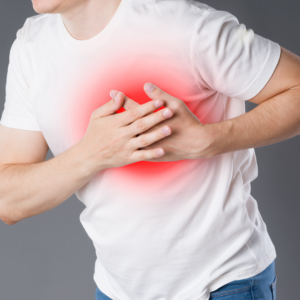
What is a Heart Attack?
A heart attack, technically known as a myocardial infarction, happens when oxygen-carrying blood can’t reach the heart due to blockage. When heart tissues can’t be oxygenated, they won’t function correctly and will quickly die without treatment.
Even small heart attacks are medical emergencies that require treatment. They may lead to more severe infarctions or cardiac arrest, which occurs when the heart suddenly stops beating.
Both strokes and heart attacks share many of the same potential causes. However, the most common cause of a heart attack is coronary artery disease (CAD). This condition is due to plaque buildup in the arteries leading to the heart. Over time, they become narrow and clogged, eventually causing a heart attack.
Some people don’t know they have CAD until that happens. That’s why regular checkups, maintaining a healthy weight, plenty of exercise, and a balanced diet are so important, especially for people over 50.
Symptoms of a Heart Attack
You’ve probably seen movies where a man suddenly clutches his chest because of a heart attack.
That’s because the most common symptom, especially for men, is sudden, severe chest pain or tightness that lasts for longer than a few minutes.
Other common symptoms are:
- Pain from the chest spreading to the back, arm, neck, or jaw
- Shortness of breath
- Vomiting, nausea, or abdominal distress
While women may experience all these, they sometimes have less obvious and less painful symptoms. These can include:
- Pressure or pain in the lower chest or stomach
- Fainting, dizziness, or extreme fatigue
- Indigestion, vomiting, or nausea
If someone has these symptoms and then becomes unconscious, stops breathing, or doesn’t respond to stimulation, they have likely gone into cardiac arrest.
What to do if You or Someone Else Has a Stroke or Heart Attack
If you believe that you or another person has had a stroke, heart attack, or other medical emergency, you should first call 9-1-1. Even if you’re not sure, don’t wait. The faster you act, the better.
The operator will ask you about the symptoms, when they started, and anything else they need to know, including where you are. The more details you can give them, the better they and emergency responders can assist you.
What happens after you call 9-1-1 depends on if you need help for yourself or someone else.
What to do if You’re the Victim
Whether you’ve had a stroke or heart attack, the most important thing you can do after calling 9-1-1 is to stay calm and wait for help.
You should rarely attempt to drive yourself to the hospital because it could easily endanger yourself and others. The only time you should is if you don’t have access to emergency services and nobody else can drive you. Otherwise, stay where you are and wait.
For a heart attack, if you have a history of heart problems and have a prescription for nitroglycerin, take one as soon as possible. Otherwise, take aspirin if the 9-1-1 operator recommends it.
If you’ve had a stroke, do not eat, drink, or take any medicine. You can choke if you have weakened muscles in your throat.
When possible, lie down on your side with your head elevated while you wait for assistance.
How to Care for Somebody Else
If you are helping somebody else, keep them calm and still while you speak to 9-1-1. Ask about their medications, allergies, and health conditions If they are conscious and able to communicate.
Encourage and assist them with the appropriate steps above, including taking nitroglycerin or aspirin for a heart attack and lying down for a stroke.
If they are unresponsive or not breathing, the next step is to begin CPR. If you are not certified or don’t remember how, ask the operator to walk you through hands-only CPR over speakerphone.
Unless necessary due to safety concerns, do not attempt to move somebody if they have fallen and are unresponsive.
Above all else, act swiftly and try to stay calm. It can be difficult, but remaining calm can make all the difference for both the person experiencing these symptoms and the emergency responders.
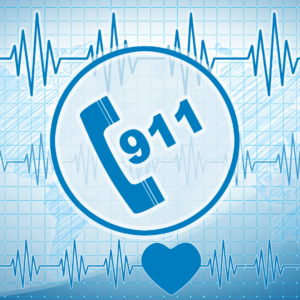
Knowing the Symptoms of a Stroke or Heart Attack Saves Lives
While many people survive strokes and heart attacks, they are always medical emergencies that can be both life-altering and deadly.
Even if symptoms seem minor or you’re not sure about what you’re feeling, don’t wait for them to go away.
You know your body. If something feels wrong, act on it. Call 9-1-1 or your healthcare provider as soon as possible. We always prefer our patients call and not need us than not call until it’s too late.
Finally, prevention is crucial. If you’re at risk for a heart attack or stroke, get regular check-ups and follow your doctor’s advice about heart-healthy nutrition, physical activity, and general wellness. If you care for somebody at risk, take a CPR class and ensure you’re familiar with the symptoms of a stroke or heart attack.
For those who aren’t at risk, a healthy lifestyle and balanced diet will help keep your risk low.
